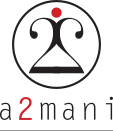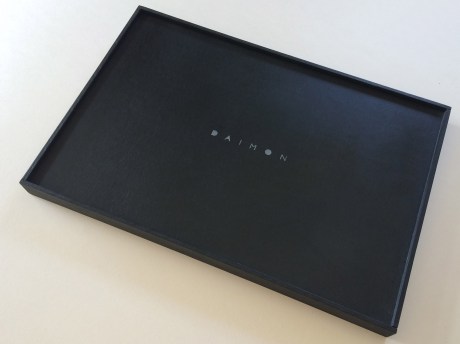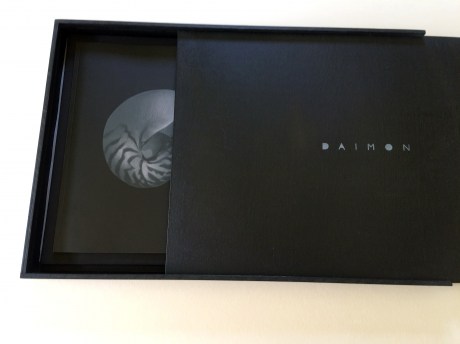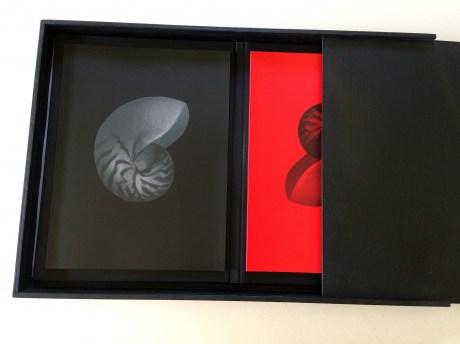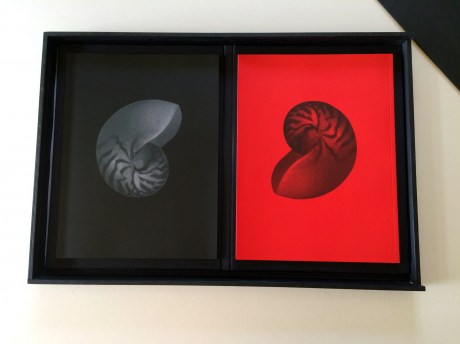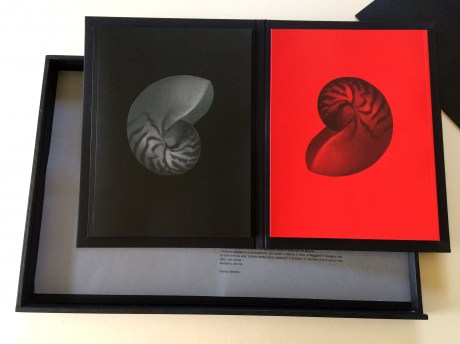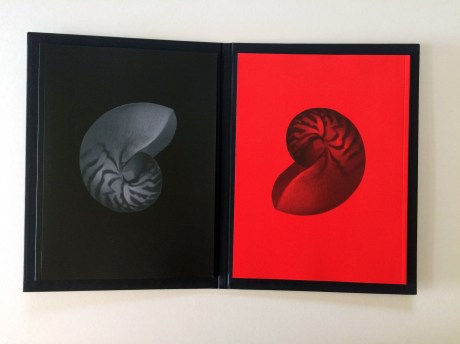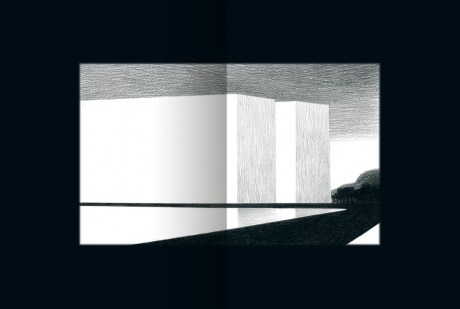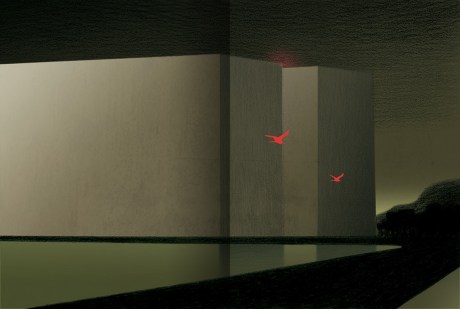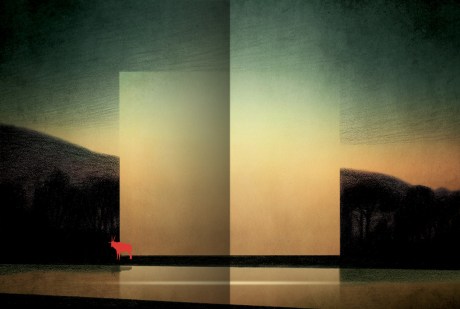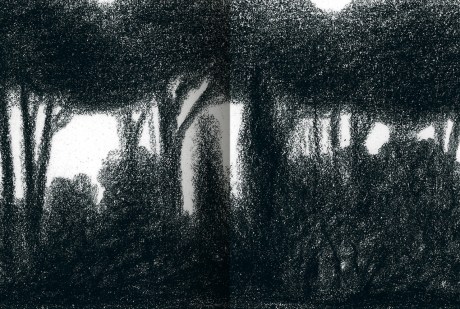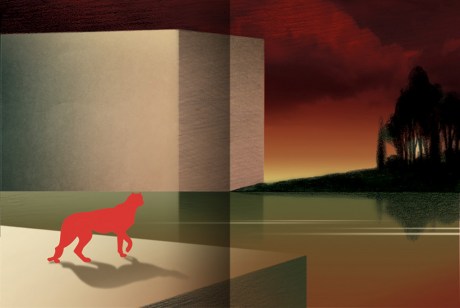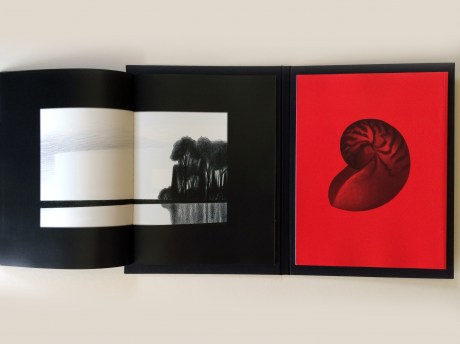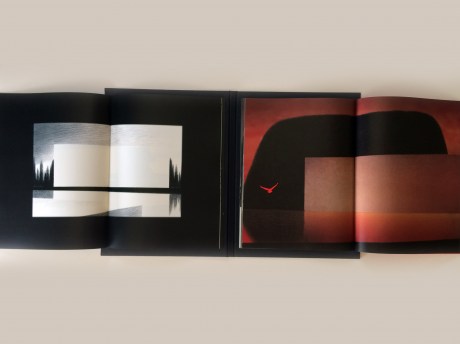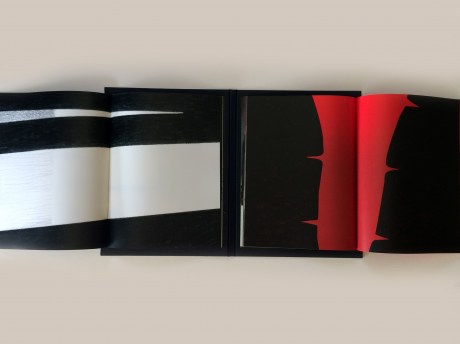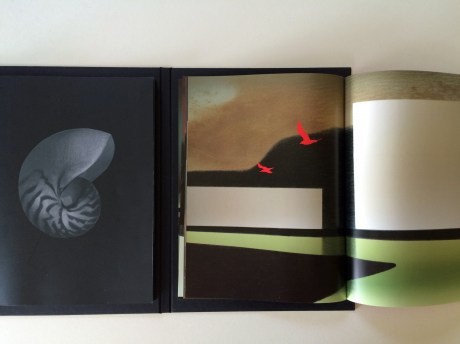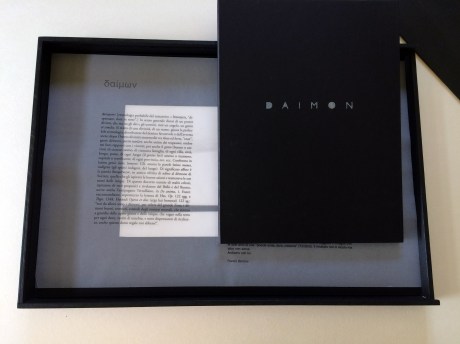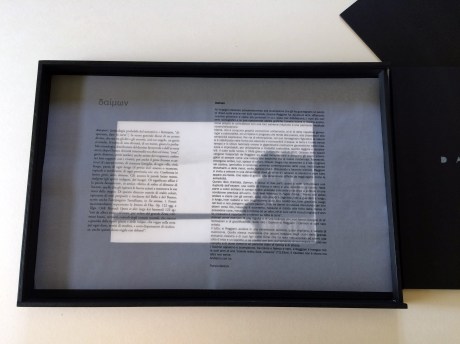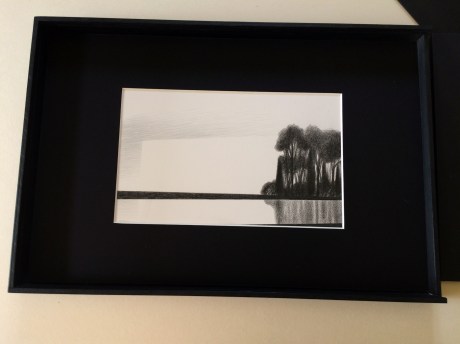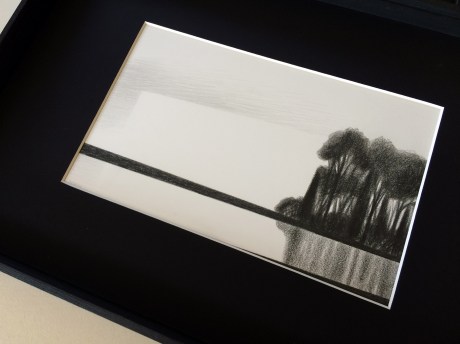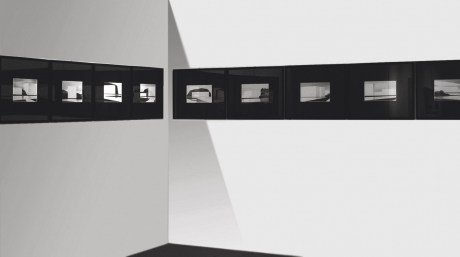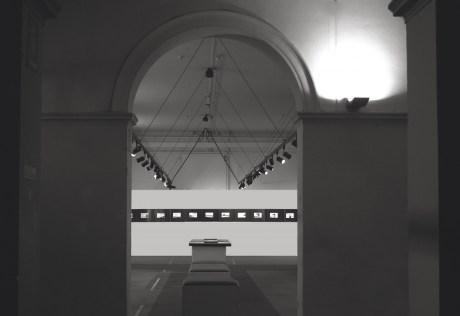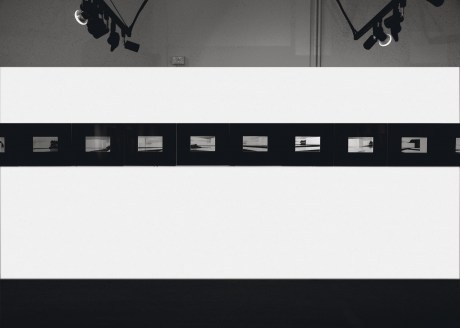|
Cesare Reggiani A double book in a hardcover bind. 48 pages each book.
Size 28x21 cm closed.
One original black & white drawing on a 30x42 cm. Fabriano Artistico 100% cotton board signed by the author.
The two illustrated books, an introductive text and one of the original drawings framed in a black passepartout are included in a wooden case with a sliding cover.
Total size: 32 x 48 cm.
Edition: 50 copies, numbered and signed. Introduction text in English, Italian. |
The Artist’s Book “Daimon” was presented the first time in 2014 at Palazzo delle Esposizioni in Faenza, Italy, with a large installation of 50 black and white drawings and a movie. Reggiani worked digitally on the original drawings for the second book. Then, the digital files had been destroyed at the end of the work. A part of the whole artwork is reproduced in the pages of this double album. The edition of only 50 numbered and signed copies of this Artist’s Book is produced in order to be attached to one of the original artworks. |
|
This Artist’s Book, Daimon, is divided into two parts, almost as if to emphasise a duplicity of being: a reality (in black and white) and a possibility (colour). Animal stylised red silhouettes also enter into the field in the colours part, symbol of a condition precluded to man. Animals as an example of a dignity and of a beauty that do not need claims and justifications. Such are Reggiani’s Daimons: the Daimon of every true artist. Everything, in Reggiani, takes place in a crepuscular dimension, and tinged with melancholy. That same melancholy that still shines from the eyes of the great classical statuary and of the offspring such as Dürer that made a sod of grass and a small hare monumental and eternal, and himself with them, with a fear at the same time of failing in the task and of having to live in a perpetual state of searching and waiting. The Daimon appears and disappears, between colour and black and white, and Reggiani chases them with weapons only of a “barren, hard classical poetry” (T.S. Eliot). The result is uncertain but nothing else is needed. Let’s go with him!
Franco Bertoni
|

